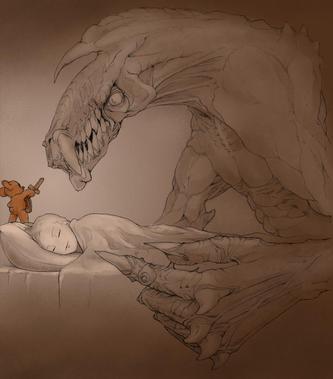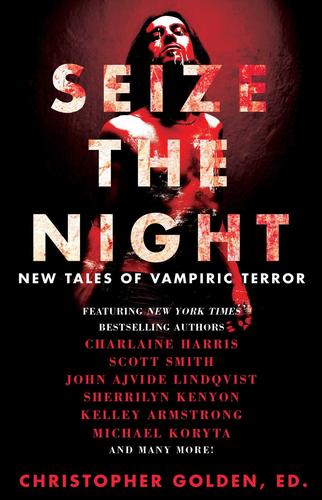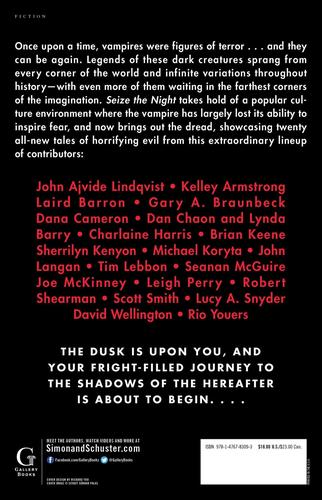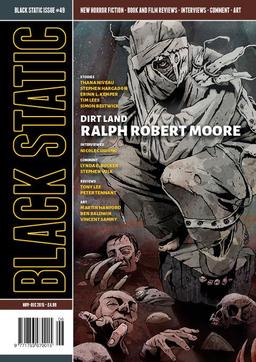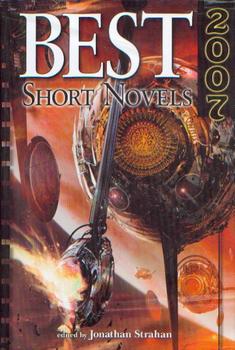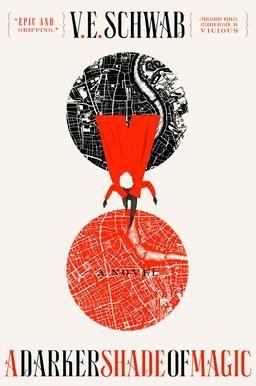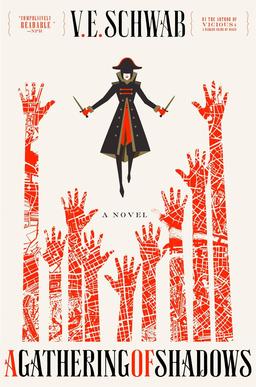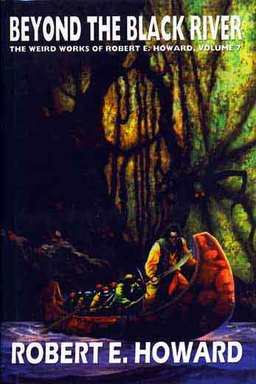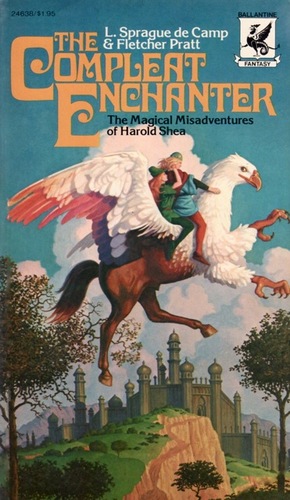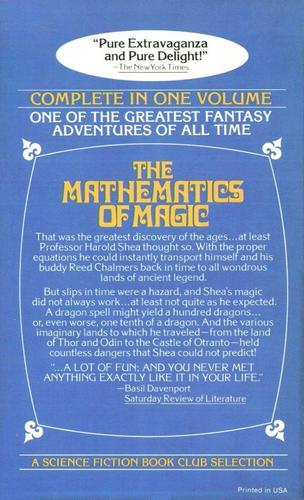Feverish Dreams of Years Past: The 1980 Comics Annual
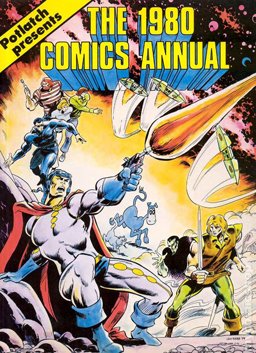 (I’ve decided to again delay my ongoing series of essays about C.S. Lewis, for a number of reasons. As it happens, though, there’s another piece I’ve been meaning to write for a while. So here it is.)
(I’ve decided to again delay my ongoing series of essays about C.S. Lewis, for a number of reasons. As it happens, though, there’s another piece I’ve been meaning to write for a while. So here it is.)
When I was very young I used to have a copy of an early example of a North American comics trade paperback: Potlatch Publication’s The 1980 Comics Annual. It’s an anthology of work from then-new Canadian comics creators. I remember being fascinated by the weird mix of stories in it, humour and science fiction and horror and fantasy and action. I lost that copy (as children do lose things), and for years afterward the stories lived in my mind as feverish dreams, images of panels I could not contextualise. At some point I found a copy in a back-issue bin and was able to read the thing again. Thanks to the internet, I’ve learned a bit about the background of the book and some of its contributors. But it’s still strange to me, a mixed bag of rough talent and accomplished stories. I’m going to describe the book and what I’ve found out about it, and I’d love to find out more from anyone else who can chip in.
Potlatch Publications was and is a small Canadian company under the editorship of Robert F. Nielsen. From 1975 to 1985 Potlatch put out a yearly series of books, the Canadian Children’s Annuals, based on English Boy’s Own and Girl’s Own books. I remember some of the CCA volumes; the cover of the 1980 volume in particular is burned into my mind. The Annuals mixed short articles, fiction, and comics. And in 1980, an editor named Ian Carr put together an annual for Potlatch entirely filled with comics, 128 pages, 64 of which were in colour. Some of the contributors came from the CCA books, and some (I think) from elsewhere.
